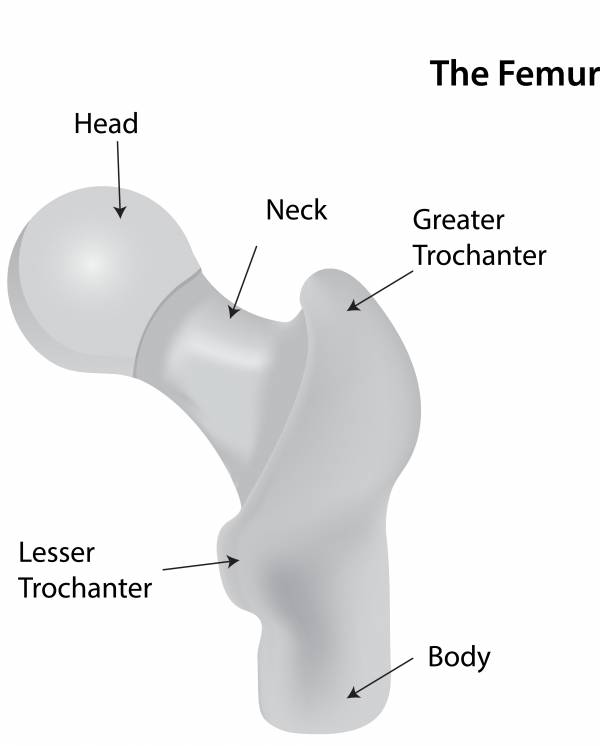Obtaining the perfect saddle height on a bike is not just a matter of preference, it can profoundly affect performance as well. It’s also a confounding factor for many beginners. Just how much saddle height affects a cyclist, even after a small adjustment, was examined in a recent study in the Journal of Strength and Conditioning Research.
The participants of this study underwent testing on a stationary bike at around 70-75% of their VO2 max. That level could be very hard for an inexperienced cyclist to maintain, but would be a pretty casual ride for elite cyclists, which these subjects were. Each participant was tested three times for six minutes, using the following tests in a random order:
- The seat was at their preferred saddle height
- The seat was two percent higher than their preferred height
- The seat was two percent lower than their preferred height
Before we get into the results, there are a few important distinctions to this study design that set it apart from past studies. First, out of the sparse research on this topic, this study has the most subtle variations. The adjustments made a difference of about a half an inch in each direction, so they weren’t huge. Differences larger than this would be beyond what any competitive cyclist would even bother with. This makes the half-inch difference a more practical adjustment for real world consideration.
Next, according to the researchers, there is no scientific literature based on the preferred saddle height of the participants. In the prior literature, a percentage of trochanteric height was the gold-standard metric of saddle height. The trochanter is the part of the femur that connects to the hip. While this point of reference makes sense, it seems to vary based on factors like foot size, and you’ll get recommendations ranging from 95%-105% of trochanteric height. Further, that might not be a practical measurement for most people to make, anyway.

In this study, the saddle height averaged 103.6% of trochanteric height when the saddle was placed in the preferred spot. From this preferred saddle placement, the researchers wondered if there would be major changes to energy expenditure and biomechanics, and indeed there were. There was a significant change in extension and flexion of the lower limb joints as a result of the half-inch difference in the saddle. This change led to a significant difference in energy efficiency and VO2 max between the low saddle height and the high saddle height. Adjusting the height lower was better than higher, but the preferred height was the best of all.
It’s no surprise that the saddle height you’re most familiar with is where you perform the best. This might be true even if you aren’t at the ideal trochanteric saddle height for you because of the time you would have spent working at that height. Measuring your trochanteric height and going from there might be a good place to start if you want to compare to these elite cyclists, but choosing what feels the best seemed to work well for them, and it doesn’t require the help of someone familiar with anatomy.
References:
1. Ventura Ferrer-Roca, et. al., “Acute Effects of Small Changes in Bicycle Saddle Height on Gross Efficiency and Lower Limb Kinematics,” Journal of Strength and Conditioning Research, 28(3), 2014
Photos courtesy of Shutterstock.






